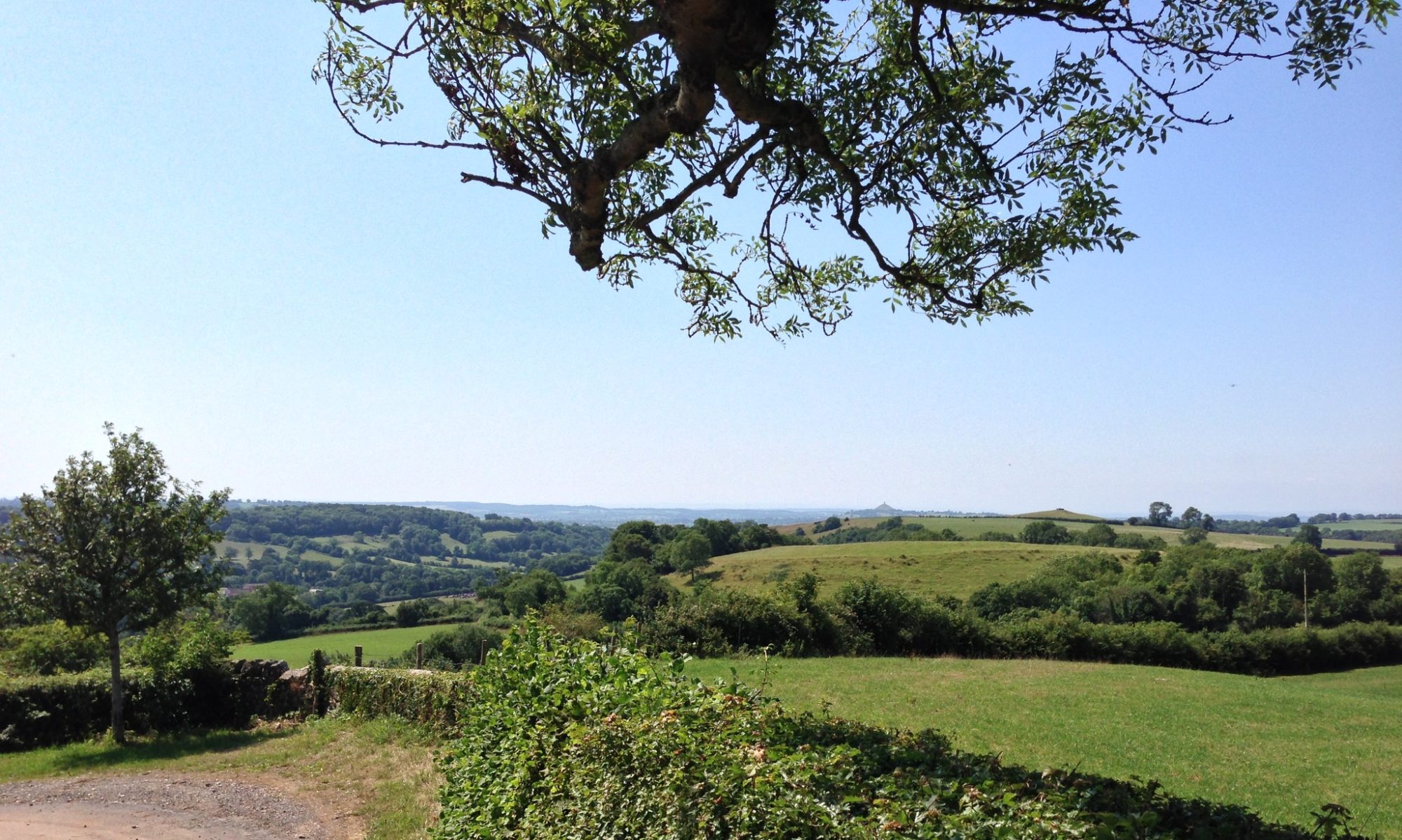I was introduced to The Bright Field by a friend, Robin, whilst we were on a course a few years back.

I have seen the sun break through
to illuminate a small field
for a while, and gone my way
and forgotten it. But that was the pearl
of great price, the one field that had
treasure in it. I realize now
that I must give all that I have
to possess it. Life is not hurryingon to a receding future, nor hankering after
an imagined past. It is the turning
aside like Moses to the miracle
of the lit bush, to a brightness
that seemed as transitory as your youth
once, but is the eternity that awaits you.The Bright Field
by R. S. Thomas (1913-2000)
Audio file via PoeticTouch.
But why has Hillsborough bring this poem to mind?
I’ve blogged before that I was a local curate at the time, and involved in some of the immediate aftermath. One of my strong memories, as I walked back down ‘the tunnel’ a couple of times afterwards, was the contrast of the bright green playing field in the sun seen from the shadows of the tunnel.
The field is so inviting. You can see it. You can almost touch it. There’s ramp, a slope down to it. It’s just … there.
There is an American sports movie called the Field of Dreams, encapsulating the draw – particularly but not exclusively – for some men to sports, to team games, and to the playing field, or pitch, or ground, since many sports are popular, like soccer or golf, which you can play indoors or outdoors if you have the right equipment for this.
Hymns ‘don’t often make good theology’ – though they may be better at theology than movies are. But even here we may get glimpsesof heaven, as Ray Kinsella found in the film.
John Kinsella: Is this heaven?
Ray Kinsella: It’s Iowa.
John Kinsella: Iowa? I could have sworn this was heaven.
[starts to walk away]
Ray Kinsella: Is there a heaven?
John Kinsella: Oh yeah. It’s the place where dreams come true.
[Ray looks around, seeing his wife playing with their daughter on the porch]
Ray Kinsella: Maybe this is heaven.
The Field of Dreams – 1989 Phil Alden Robinson Universal/TriStar
Jesus likens the Kingdom of Heaven to treasure in a field, and to a pearl of unfathomable value, of great price; in Matt 13:44-46. Both are images that R.S. Thomas specifically references in the poem. Not a great surprise, perhaps, for the Welsh priest/poet that he was.
That field. Seen it. Forgotten it. But now having seen it again, illuminated, incandescent, Thomas goes on: I realise now that I must give all that I have to possess it.
These sports grounds, these football fields are often a focus for hurrying on to a receding future, [or] hankering after an imagined past. Many memories of matches remembered; of dreams and hopes for the future. The rise and fall of emotion; the tears wept, the joy unconfined. They hold a sense of the numinous about them – the singing, swaying, the shared liturgy and language – even prayers (!) – they are almost religious in their fervour. No wonder some talk of sport as their faith, of the great venues as their cathedrals, temples. Bill Shankly, powerfully linked to Liverpool, is famously quoted as saying “Some people believe football is a matter of life and death, I am very disappointed with that attitude. I can assure you it is much, much more important than that”.
I was recently reading back some of the witness stories of a number of Hillsborough survivors, and the camaraderie, the shared experience was a powerful memory; some saying the ‘we all came last year and we wanted to all come back again this year’ before the full portent of this particular pilgrimage unfurled before them.
Even after the catastrophe, faith remains a part of the story. I recalled in the previous blog post how 4 fans came in to our Hillsborough-local church on the Sunday morning, just hours later. To another one of those ‘thin places‘ where heaven comes closer to touching earth. To come to seek, to pray, to place a loved one lost in to the hands of God. Nearly every anniversary since the first, there has been significant input of hymns & prayers, along with speeches & memories, at each of the ceremonies.
In the poem, Thomas looks: to the miracle … to a brightness that seemed as transitory as your youth once, but is the eternity that awaits you.
Looking back to the 15 April 1989, though much remains sharp in the mind of each of those most closely affected by Hillsborough, inevitable some of the memories become a little faded, a bit more transitory each year; the images of the ever-youthful 96 remain unchanged, even as ‘those who are left grow old‘. Perhaps that is why there is still such a strong sense of hope around Hillsborough – a very Liverpool – characteristic, the city with two cathedrals linked by a street called Hope.
For RS Thomas, the brightness that has shone on this field leads at last to the eternity that awaits you. May it lead to eternity for you too.
The BBC has a Profile of each of the Hillsborough 96, and the Liverpool Echo has created an image grid that links to each of the 96 too.





